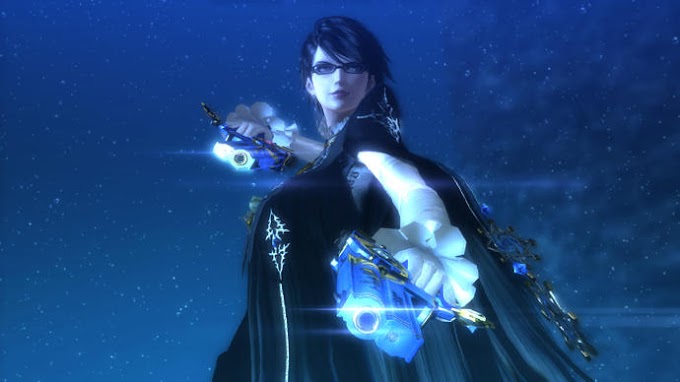This is Gorogoa, and look at what this simple puzzle - the only one I will really spoil - is doing right here. Look at the way it makes you poke at this game's world, imagining a sun that works as a gear, a man who works as a motor. Look at the playful shifts in scale, in perspective, the sheer dance of flatness as distant giants meet nearby minnows in the knowledge that the eye can be trusted to slot it all together. A sun becomes a gear and as a man walks across the earth he turns that sun in the sky!
Gorogoa is drawn by hand and created by - um, I actually have no idea at all how someone could have put this together. The game's quest seems simple, if I have it right: a boy spies a divine beast in the distance and heads off to gather the fruit that will sate it. The quest is just the friendly shove, of course, the first bit of forward momentum you need for a game that feels like a book, a papercraft puzzle, a sticker album, a crazed unspooling schematic (or even a Mad Magazine fold-in, a peculiar art form in which a crimped creasing of the page allows an image to contain its own parody). But in fact Gorogoa would only work as a game, where geometry becomes pliable and prone to whimsy, where vectors can be judged and then acted upon, where progress is the only force of nature that cannot be meddled with.

Anything more is a spoiler, sadly, and Gorogoa is a short, richly-imagined game that should absolutely not be spoiled. Gorogoa is a masterpiece, I think - in its unusualness, its invention, in the way it boldly walks its own distinct path, this is the kind of game you set your watch by. But it's not just the mechanical cleverness that marks this thing out - not just the feat of cosmic paper-engineering that sees distant stars landing on living room tables or a crackling hearth fire engaging in all kinds of temporal shenanigans.
It's the art itself, of course, which is detailed but never fussy, intricate but always readable and strangely calm, taking players to some distant environment in which fantasy and reason do not seem to be at odds. And it is also the emotional landscape that the art slowly builds around you, a place where everyone is careworn but just about bearing up, where the huge forces that knock people about have not completely eroded these people's sense of curiosity. Gorogoa is populated with scholars and dreamers, sat at desks with heavy books before them and turning beautifully illuminated pages, or slumped forward, faces buried in crossed arms as their sleeping minds conjure distant wonders. It is a world driven by obsession, and it is so clearly a product of obsession too. That you can go inside those illuminated pages, that you can go inside those distant wonders, does not really feel like so much of a leap in a place like this.
And that's Gorogoa's greatest trick, I guess. It employs a boundless intellectual generosity that has allowed me to navigate a world whose construction will forever be beyond me.





0 Comments